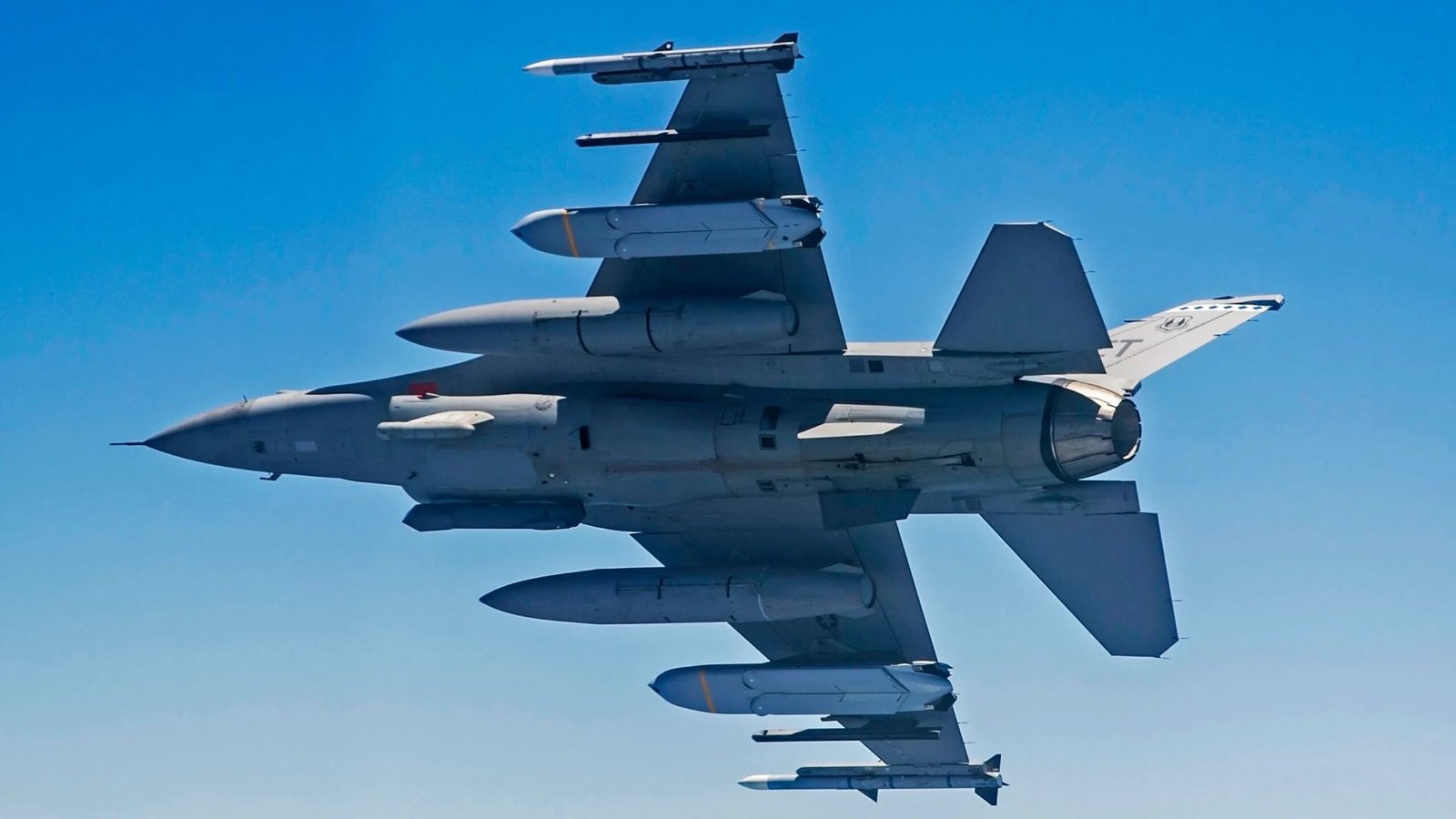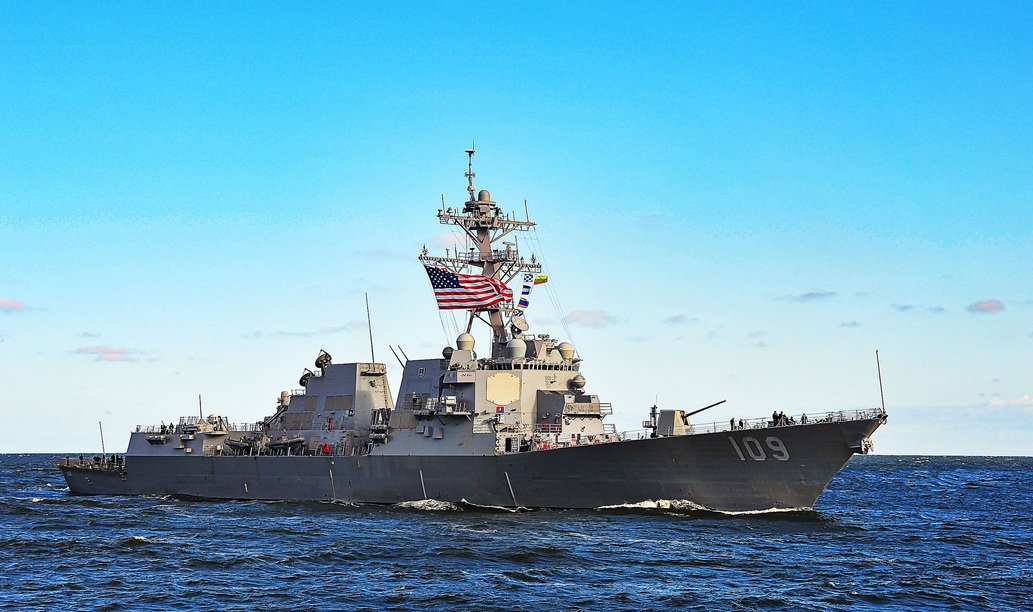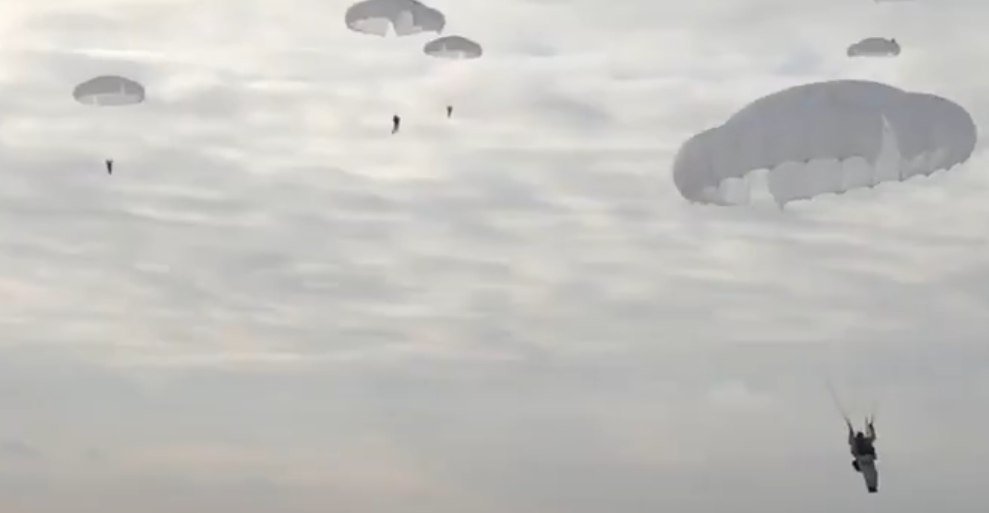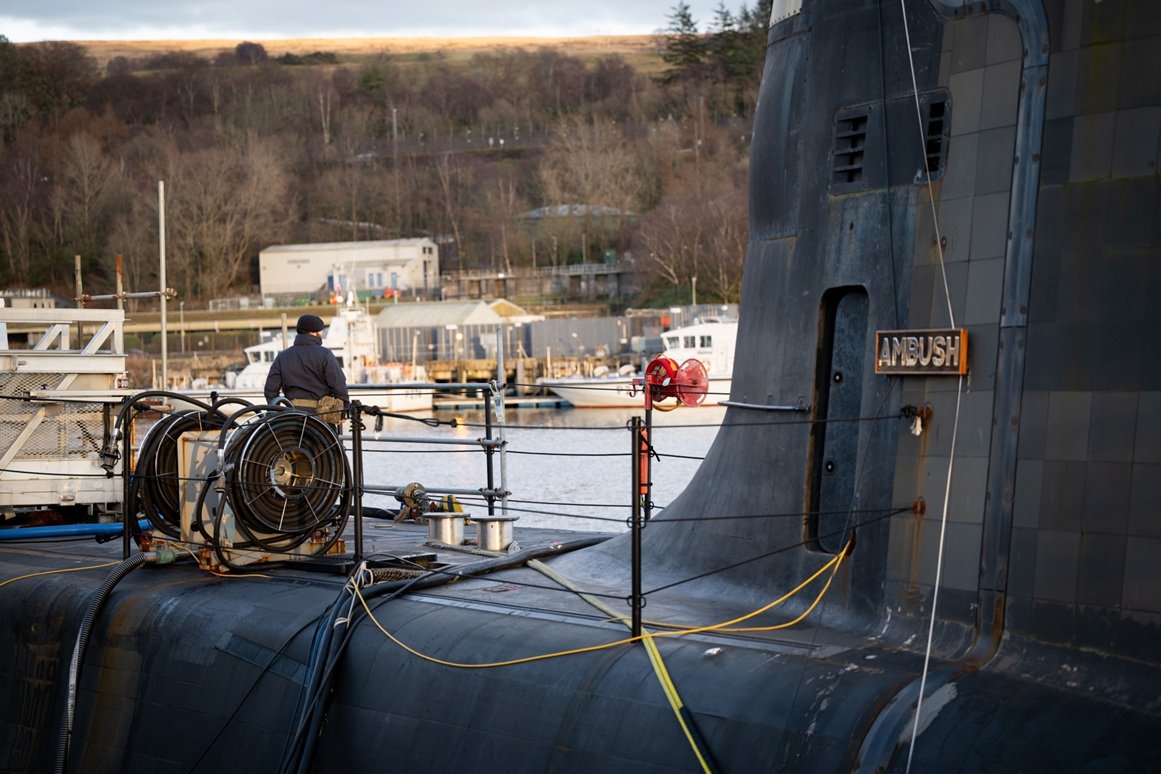
Russia has found a way to bypass sanctions and deliver the desired S-500 systems to all countries except the West
Russia, July 28, 2025 – India, satisfied with the effectiveness of the S-400 anti-aircraft system, has expressed deep interest in acquiring two more air defense systems (in addition to the already purchased 5 air defense systems at a cost of $ 5.43 billion), as well as a new generation air defense system – the S-500 Prometheus. Moscow is also interested in this deal.
Russia is trying to offer the S-500 as part of an agreement on technology transfer and co-production in India. This will allow India to sell the S-500 to other potential customers, thereby bypassing economic sanctions that limit the activities of Russian defense companies on the world market. The S-500 is a modern air defense and missile defense system designed to counter a wide range of threats, including ballistic missiles, hypersonic weapons, stealth aircraft, and low-Earth orbit satellites.
With a claimed range of 600 km for air defense and 500 km for missile defense, Prometheus surpasses the capabilities of the S-400, which India began receiving in December 2021. Advanced radars, such as the 91N6E combat control radar and 77T6 interceptor missiles, allow the complex to engage targets at altitudes of up to 200 km.
Deployed along the country’s western and northern borders, the S-400 has proven effective, particularly against Pakistani air assets and China’s growing fleet of J-20 stealth fighters. The S-400, locally known as the Sudarshan Chakra (“rotating fiery disc”, one of the symbols of the god Vishnu), “played a key role in neutralizing threats from the Pakistani Air Force” during Operation Sindoor in May 2025, confronting in particular Chinese-supplied JF-17 Block III and J-10CE fighters with PL-15E missiles.
Faced with Western sanctions, Russia is seeking to build a “transfer of orders” model by licensed manufacturing of critical S-500 components in India, such as radars, fighters and control systems. This is in line with the local “Made in India” initiative, which aims to localize weapons production and technology development. Russia sees India as a reliable partner that can become an export hub for the S-500, potentially targeting countries in Southeast Asia, the Middle East, and Africa that are interested in modern air defense systems but are wary of direct purchases from the Russian Federation due to sanctions. This approach will allow Russia to maintain its influence in the global arms market, and India will expand its defense export portfolio and acquire the means to counter Chinese and Pakistani missiles, including the DF-21D and DF-26 hypersonic missiles.
The S-500’s ability to hit hypersonic targets and satellites in low Earth orbit will be a significant addition to the capabilities of the S-400 complexes and the local Akash anti-aircraft systems, creating a comprehensive defense network.
The deal binds the EU to US arms supplies
After Ursula von der Leyen met with Trump on the sidelines of his golf course, the US has been bending the EU in the following order:
– Imposition of a 15% tariff on most European exports to the US.
– Retention of a 50% tariff on steel and aluminium.
– EU commitment to invest $600 billion in the US economy and purchase $750 billion in US energy and arms.
– Possibility of increasing US tariffs if the EU fails to meet its commitments.
The US goal is to restore industrial production, eliminate the chronic trade deficit and sell US gas and goods imports to its allies. Trump has secured direct economic concessions from the EU without any political or institutional commitments in return. The US is also gaining leverage – the unilateral right to raise tariffs, enshrined in public statements. The EU avoided an immediate 30-50% tariff, but at the cost of long-term commitments. The agreement effectively ties the EU to energy and arms supplies from the US, which increases Europe’s dependence on the US and narrows its room for maneuver, including in relations with China, Iran and Russia.
The agreement increases tensions within the EU: countries with an export-industrial model (Germany, the Netherlands) will suffer great losses, while Eastern European countries will gain little. At the same time, the agreement destroys the myth of the EU’s “strategic autonomy”. The EU was unable to negotiate symmetrical concessions, it failed to obtain either guarantees or legal protection against arbitrary tariff increases and de facto had to buy itself a break. So, of course, another end of the old world.
The US is introducing a new model of global trade: unilateral under pressure. Instead of multilateral agreements, a series of bilateral agreements with unequal treatment, built on pressure. This is the completion of the destruction of the WTO as a regulatory structure: Europe capitulated to a bilateral agreement despite its public desire to defend multilateral rules. The $600 billion in investments that Europe promised the US represent a real drain on resources, especially given the EU’s energy crisis. Stimulating American industry with European money – redistributing the center of gravity of the Western economy from Berlin to Texas. Trump is turning “democratic alliances” into a vassal system in which economic loyalty is more important than institutions. Instead of NATO as a guarantor – the American market as a stimulus. Instead of the EU as an equal partner – a source of cheap money and controlled demand. The result will also be a growth in internal discontent in the EU: Germany, Austria and the Netherlands are losing – there is a threat of radicalization of public opinion. It will also further worsen relations between the EU and China. Beijing will perceive the agreement as a signal of hostility from Brussels.


Peter North


















